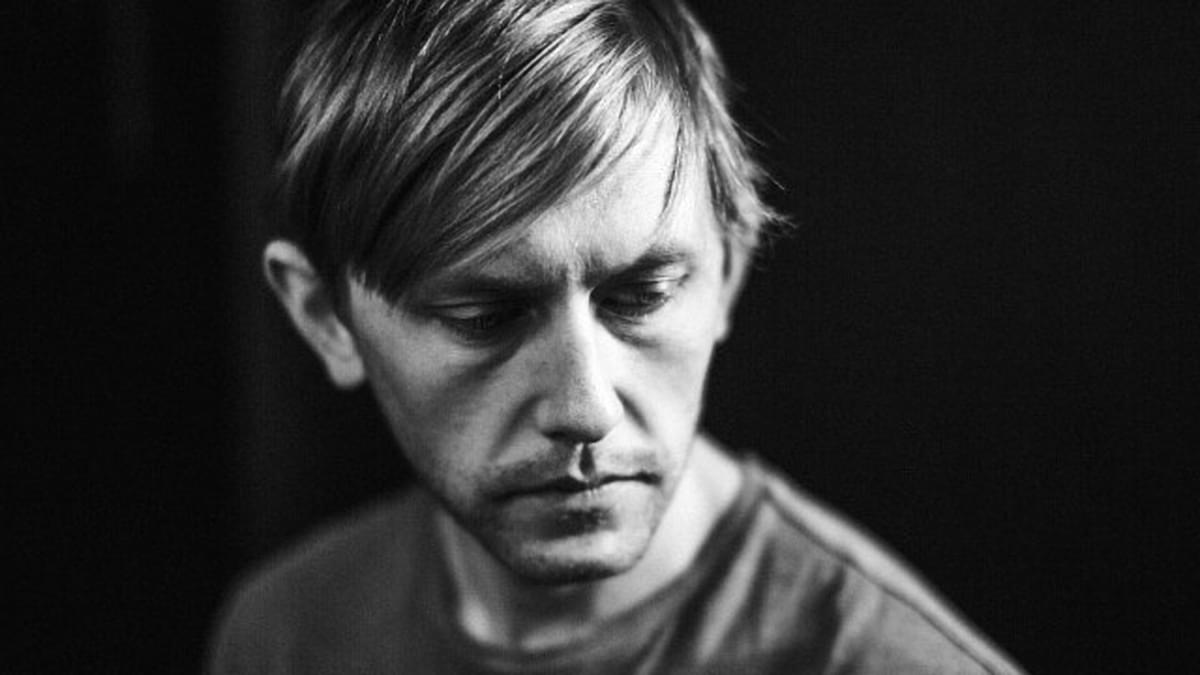
In defence of the Star Wars prequels, an essay by Van William
Alaskan musician and former Port O'Brien member Van William makes a strong case for the defence of the Star Wars prequels.
When The Phantom Menace was released on May 19, 1999 (yes, I knew that date without Googling it), I saw it 13 times in the theater. True, most of those viewings were on Kodiak Island, Alaska where there is little else to do, but the fact remains: I fucking LOVED that movie. At that point, I was already desperately in love with Star Wars. I had just been introduced to the originals when there were re-released in 1997, and I absolutely could not escape the GFFA (how we nerds refer to the Galaxy Far Far Away). It’s tough to pinpoint exactly what the escapism and modern mythology of the saga meant to me, but it was certainly profound.
Even though I was just a kid, I was acutely aware of the backlash against The Phantom Menace, which only grew more pugnacious following the next two films in 2002 (Attack of the Clones) and 2005 (Revenge of the Sith). Today, the accepted doctrine among most is that the original films are all-time classics and the prequels are unredeemable garbage. Even though I understand much of the criticism leveled against the George Lucas-helmed Anakin-focused trilogy, I remain fanatical in my appreciation of those latter brazen and bizarre cinematic works.
There is no denying that the dialogue is wooden and stilted. No honest person could say that Hayden Christensen’s portrayal of Anakin is anything other than cringeworthy. And, of course, there is no defending the atrocity against civilization that is Jar Jar Binks. However, I will gladly take all of those missteps (and others) in exchange for the impossibly rich storytelling, breathtaking visuals, complex world-building, and cutting social commentary that are exhibited, at times overtly, at times more subtlety, in the prequel trilogy.
The story of Anakin Skywalker is one of the most heartbreaking parables of our time. We see an enslaved child with unthinkable powers, born of immaculate conception, stranded on a desert planet, absorbed by a clinical and overly dogmatic, albeit well-meaning, Jedi Order. Under their guidance, his promise is squashed by the complete dismissal of a wide range of human emotions and relationships as he is forced to exist within the rigid dogma of organized religion. In the end, these constraints foster (combined with his intrinsic openness to both sides of the Force) a monumental decline to evil, where the same 9 year old boy seen in The Phantom Menace is seen literally murdering children with his lightsaber two films later. The straw that breaks the camel’s back? His obsessive and possessive love for and inability to save the mother of his children, Padmé. I can not think of a deeper, headier arc to how Darth Vader became Darth Vader. It’s smartly convoluted and multi-layered in a way that is rarely attempted in these sorts of big motion pictures.
Interwoven with Anakin’s fall is the decline and eventual destruction of democratic rule. Underneath the technicolor shine and wacky CG characters is a striking exploration of what leads to the rise of authoritarianism. As with the personal journey of Anakin, this is multi-dimensional. Ian McDiarmid’s brilliant portrayal of the two-sided Palpatine is the cornerstone of this thread. The entire conflict of the Clone Wars is his invention. He controls both sides of the battlefield, which he does through the accumulation of power via another manufactured crisis (The Battle of Naboo). The fact that these films were being made precipitating and during the George W. Bush presidency and the war in Iraq makes the adherence themes all the more pointed. That Jar Jar Binks is the character who calls for the motion to grant Palpatine his wartime powers in Attack of the Clones is pure brilliance, both mocking and confronting the backlash of that character while using him in a way that deepens the point Lucas is making, that democracy is usually destroyed with the aid of mostly well-intentioned figures in the midst of being manipulated by more sinister actors.
Plenty of films reflect these themes, but few are able to do so in such vividly rich detail, all the while being marketed and adored by young children. In addition, despite all the paths of destruction detailed above, the films are absolutely gorgeous. Yes, some of the late 90s/early 00s CG is lacking by today’s standards, but the sea-planet of Kamino, the underwater city of Otoh Gunga, the ecumenopolis of Coruscant, the Apocalyptic lava world of Mustafar are stunning worlds that provide the stories with lush and vibrant settings (comparatively, The Force Awakens is dull and repetitive in this category, and while The Last Jedi improves upon its predecessor, nothing in the post-Lucas era comes close).
As Star Wars fandom continues to age and the generation that grew up with the prequels as kids reaches adulthood, there is certainly a paradigm shift underway. While I admit that by classic film criticism, they can’t touch the original trilogy or the new era of films, their brash ambition in scope and theme make them more interesting works of art.
Get the Best Fit take on the week in music direct to your inbox every Friday

Lorde
Virgin

OSKA
Refined Believer

Tropical F*ck Storm
Fairyland Codex





